Zongzi, a traditional Chinese rice dumpling wrapped in bamboo or reed leaves, is a beloved delicacy enjoyed during festivals like the Dragon Boat Festival. These sticky rice treats are often filled with ingredients such as red bean paste, salted egg yolk, pork, or mung beans, and their preparation involves hours of steaming or boiling. Due to their labor-intensive making process, many households and food businesses opt to freeze zongzi for later consumption. However, a common question arises: How long can frozen zongzi remain safe to eat after being taken out of the freezer? This article delves into the science of food preservation, the factors influencing zongzi’s shelf life, and practical tips to ensure safety and quality.
Understanding Zongzi and Freezing Basics
Zongzi’s primary ingredients—sticky rice, fillings, and leaves—create a unique environment for microbial growth. Sticky rice, rich in starch, provides nourishment for bacteria, yeasts, and molds, while moisture from the rice and fillings accelerates spoilage. Freezing is an effective method to halt microbial activity, as temperatures below 0°C (32°F) deactivate most pathogens and enzymes. However, freezing does not kill bacteria; it merely renders them dormant. Once zongzi is thawed, any surviving microorganisms can reactivate, leading to spoilage or foodborne illness if consumption is delayed.
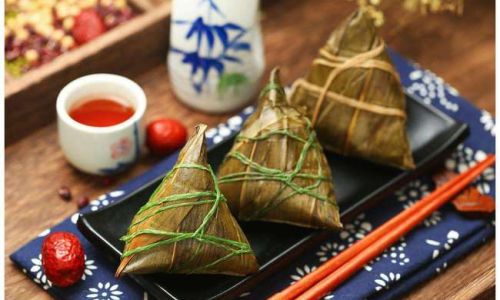
The Freezer’s Role: Extending Shelf Life
When properly stored in airtight containers or heavy-duty freezer bags, frozen zongzi can maintain their quality for 3–6 months. The key to this longevity lies in minimizing exposure to air and moisture, which cause freezer burn—a condition where ice crystals form on the surface, dehydrating the food and compromising texture. Vacuum-sealed packaging offers the best protection, but even standard freezer bags, when properly sealed, can prevent significant freezer burn.
However, the clock starts ticking once zongzi is removed from the freezer. Thawing introduces warmth and moisture, creating an environment where bacteria can thrive. The U.S. Department of Agriculture (USDA) recommends thawing frozen foods in the refrigerator, microwave, or cold water—never at room temperature, as this promotes rapid bacterial growth.
Thawing Methods and Their Impact on Shelf Life
-
Refrigerator Thawing:
Thawing zongzi in the refrigerator (at 40°F/4°C or below) is the safest method. This slow thawing process keeps the temperature low enough to inhibit bacterial growth. Once thawed, zongzi can be refrigerated for 3–4 days before cooking or reheating. However, if the zongzi was previously cooked and frozen, reheating it thoroughly (to an internal temperature of 165°F/74°C) is crucial to eliminate any bacteria that may have multiplied during thawing. -
Cold Water Thawing:
Submerging frozen zongzi in cold water changes the thawing timeline. This method thaws food faster than the refrigerator but requires more attention. The water must be changed every 30 minutes to ensure it remains cold. Once thawed via this method, zongzi should be cooked immediately and not refrozen, as bacterial growth may have accelerated due to the warmer thawing environment. -
Microwave Thawing:
Microwaves offer the quickest thawing option but risk uneven heating, which can create hotspots where bacteria proliferate. Zongzi thawed in a microwave must be cooked immediately and consumed promptly after reheating.
How Long Can Thawed Zongzi Stay Safe?
The safety window for thawed zongzi depends on storage conditions and whether it was cooked before freezing:
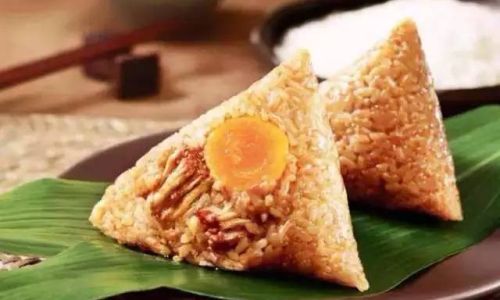
-
Uncooked Frozen Zongzi:
If raw zongzi is frozen, thawing it in the refrigerator allows 1–2 days before cooking. Leaving it uncooked for longer increases the risk of bacterial growth, particularly from pathogens like Bacillus cereus, which can produce toxins resistant to heat. -
Cooked Frozen Zongzi:
Pre-cooked zongzi thawed in the refrigerator can be stored for 3–4 days before reheating. However, reheating does not revive spoiled food; if the zongzi develops an off-odor, slimy texture, or mold, it must be discarded. -
Room Temperature Exposure:
Never leave zongzi at room temperature for more than 2 hours. Bacteria like Staphylococcus aureus and Salmonella multiply rapidly between 40°F (4°C) and 140°F (60°C), a range dubbed the “danger zone.” If zongzi has been left out longer, discard it immediately.
Signs of Spoilage in Zongzi
Even if stored correctly, zongzi can spoil. Watch for these indicators:
- Off-Odor: A sour, fermented, or ammonia-like smell signals bacterial activity.
- Texture Changes: Sliminess, excess moisture, or a mushy consistency indicate microbial breakdown.
- Mold: Fuzzy spots in green, white, or black hues are a clear sign of contamination.
- Discoloration: Grayish or darkened patches on the rice or leaves suggest oxidation or mold.
- Gas Buildup: If stored in airtight containers, swelling or bulging may result from bacterial gas production.
Factors Affecting Shelf Life
-
Ingredients:
Zongzi with high-fat fillings (e.g., pork belly) or dairy (less common in traditional recipes) spoil faster than vegetarian varieties. Sugar and salt act as preservatives, but their effects are minimal in frozen storage. -
Packaging:
Proper packaging prevents freezer burn and odor absorption. Avoid reusing containers that previously held strong-smelling foods, as zongzi can absorb unwanted flavors.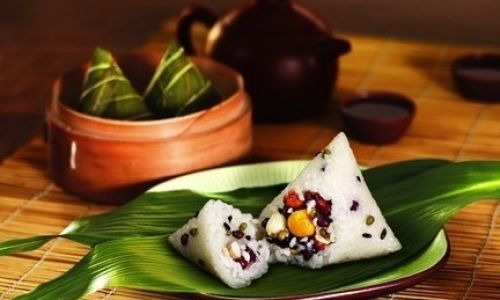
-
Freezer Temperature:
A consistently cold freezer (0°F/-18°C or below) ensures zongzi remains frozen solid. Fluctuations in temperature accelerate ice crystal formation, damaging cell structures and reducing quality. -
Hygiene During Preparation:
Washing hands, sanitizing surfaces, and cooking fillings thoroughly before assembly minimize initial bacterial contamination.
Reheating and Consumption Tips
- Reheat Thoroughly: Use a steamer, boiling water, or microwave to heat zongzi until steaming hot. This ensures any bacteria present are killed.
- Avoid Refreezing: Once thawed, zongzi should not be refrozen, as repeated freezing and thawing degrade texture and safety.
- Portion Control: Freeze zongzi in individual portions to avoid thawing more than needed.
Homemade vs. Store-Bought Zongzi
Store-bought zongzi often contains preservatives like sodium benzoate or potassium sorbate, extending shelf life slightly compared to homemade versions. However, these additives do not compensate for improper storage. Always adhere to “use by” dates on commercial packaging and follow the same thawing guidelines as homemade zongzi.
Cultural Practices and Modern Adaptations
In many Asian households, zongzi is made in large batches for festivals, necessitating freezing. Traditional wisdom suggests consuming thawed zongzi within a day or two, reflecting pre-refrigeration era practices. Modern food safety standards, however, provide clearer guidelines, balancing tradition with science.
Conclusion: Maximizing Safety and Enjoyment
Frozen zongzi is a convenient way to savor this culinary treasure beyond festival seasons. By understanding the interplay of freezing, thawing, and storage, you can enjoy zongzi safely for days after removal from the freezer. Prioritize refrigerator thawing, adhere to time limits, and trust your senses—sight, smell, and touch—to detect spoilage. Whether steamed, fried, or enjoyed with a drizzle of honey, properly handled zongzi remains a delightful bridge between tradition and modern food safety.
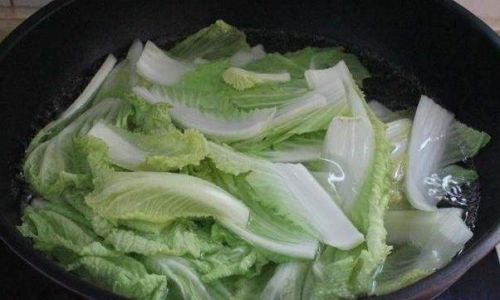
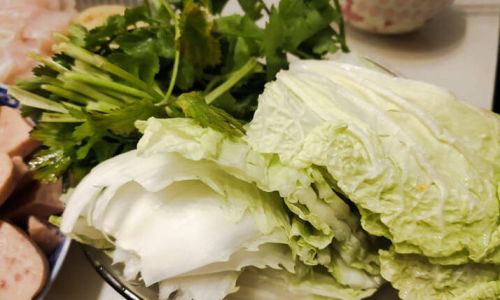


0 comments